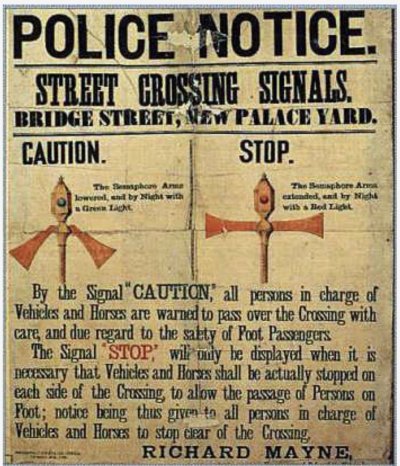We've had many discussions on Self Driving Cars (SDC) over the past few years, and I'm interested in a parallel path - Smart Traffic Lights (SMT).
It just seems that traffic lights with a small subset and expense of the capabilities of the current crop of SDC would be helpful, save lives, injuries, and accident $$$, save time and fuel, and be far easier to implement than SDC. A lot of intersections already have cameras.
A traffic Light does not need to deal with anywhere near the unknowns of an SDC. The layout is known and static. The software would be far simpler, and it seems extremely unlikely to have any dangerous adverse affect (I'm sure present traffic lights have a 'fail safe' mode so that you can't have all GREEN for example).
For example, at busy intersections near us, the most dangerous situation I see is people trying to scramble to get through a short green arrow for a left turn. Safety and traffic would be greatly improved, if that green arrow was intelligent, and matched the time to the number of cars in the left turn lane (up to a limit, but it's silly to let 4 cars go, and stop the 5th - let all 5 go - or be timed for 4 cars, when only 1 is waiting to turn). So the left turners keep going until that yellow light is red, the oncoming traffic hesitates to go even though they have a green, and that frustrates the cars behind them. And then those cars are rushing to get through before they get a yellow. And if the oncoming traffic proceeds, you could have an accident or near miss (and then maybe they get rear-ended).
Or if the SMT saw a car approaching a RED too fast, it could start flashing alarms (audio and visual) and stop the cross traffic.
And just smooth flow to conserve time, gas and brake wear. How many times have you approached a green light, just to have it turn as you got closer, but there was no cross traffic, and no reason for you to stop? And of course, Murphy assures that some cross traffic appears just in time for the light to change and make them stop. What a waste!
And what they learn, and the mass production of these systems might help improve the SDC/assistance tech on cars as well. They can all work together.
The only downside I can see is - will people start playing 'chicken', and just keep going, thinking the light will safely let them proceed? I imagine the camera will catch that, and they can be ticketed. There would be no need for "Right on RED after stopping to yield" (the current complaints of the Red light cameras), if it's safe to go, you will get a GREEN.
What say you?
-ERD50



